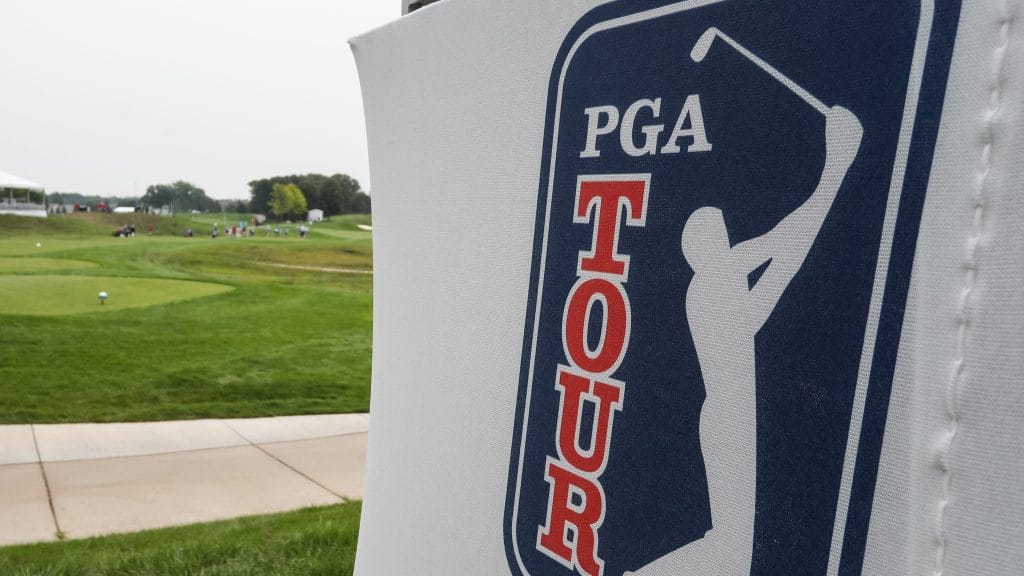The PGA Tour recently announced some minor tweaks to its signature events for next season, but bigger changes are on the horizon. The Tour’s Player Advisory Council is discussing potential reforms that could reshape the landscape of professional golf. Ideas such as reducing tournament fields, implementing relegation and promotion systems, and creating Korn Ferry Tour majors are being considered for possible implementation as early as the 2026 season.
Veteran pro Kevin Streelman expressed excitement about the discussions within the PAC, noting that the proposed changes could bring more consistency and competitiveness to the top players while still providing opportunities for those who fall off the tour. Lanto Griffin also endorsed the idea of reducing tournament sizes to 120 players across the board and gradually decreasing the number of exempt players to ensure a fair playing field for all competitors.
The goal is to create a schedule that allows the best players to compete against each other while also providing opportunities for Q-School and Korn Ferry Tour graduates. The potential changes are aimed at improving the overall quality of play on the PGA Tour and creating a more engaging and competitive environment for both players and fans. Sam Burns and other players have expressed support for the proposed reforms.
Player director Peter Malnati confirmed that discussions about reducing field sizes and membership numbers have reached the board level, with a focus on motivating players to earn their way back onto the tour. The Tour is drawing inspiration from successful initiatives in other sports, such as Major League Baseball’s implementation of a pitch clock, to explore innovative ideas that could enhance the PGA Tour experience.
While the Tour recently approved minor adjustments for signature events, such as an exemption for Tiger Woods and a minimum field size of 72 players, larger-scale changes will not be implemented until at least 2026. Streelman emphasized that decisions will be made after thorough discussions and votes among tour members. The ultimate goal is to enhance the Tour’s product and provide high-quality playing opportunities for all members.
The future of the PGA Tour is still uncertain, but the discussions at the PAC level suggest that significant changes may be on the horizon. Players and officials are working together to find a balance between tradition and innovation and ensure that the tour remains competitive and relevant in the ever-evolving world of professional golf. As the ideas continue to evolve and unfold, golf fans can expect a more dynamic and engaging PGA Tour experience in the years to come.


